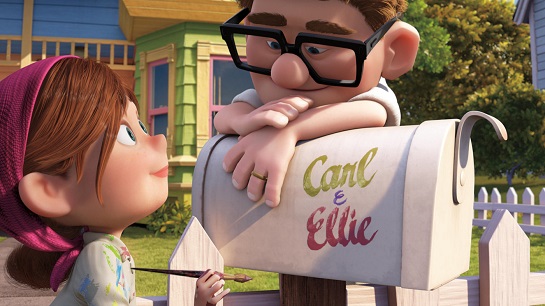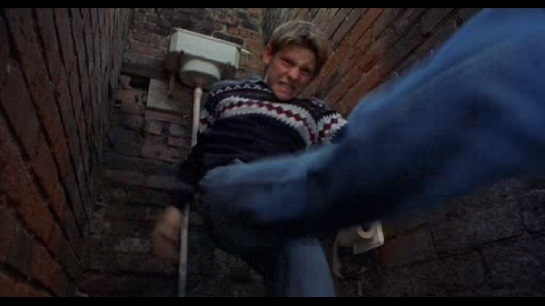A friend recently posed an interesting question, pick five minutes of film that you like and explain why you like it. It seems easy enough at first, but when you look at it further it gets a bit more complicated – how do you pick just a few moments?
Picking just a few minutes of film is difficult, it needs to give a good enough measure of the rest of the film without requiring you to watch the rest of the film. And with some films you think of the moment, but then think of an even better one from the same film. The other aspect is can it be replicated in another medium (including television, its closest form), or does the large screen add something to the experience? With that in mind, the five I’ve chosen are all from films that benefit from the large screen and focus on the movement inherent in the medium.
Neil has an epiphany (Heat, 1995).

Michael Mann remains the best director of modern architecture in the business, his insistence on shooting solely on location means that locations are often chosen to reflect the inner thoughts of his characters (who otherwise sometimes border on the mono-syllabic). Here De Niro has got away clean, but one thing of his past life remains unresolved and it’s eating away at him. Shot through the windscreen of the car, the camera picks up the recognition of the fact on De Niro’s face at the moment we switch from the orange sodium of the streetlights to the cool green glow of the airport tunnel. It’s a simple looking shot that captures the soul of a film in which Los Angeles is as big a character as anyone else and possibly the final masterpiece performance that De Niro produced.
Entering the restaurant (Goodfellas, 1990).

Scorcese’s film seduces the audience with the glamour of being a gangster before later hitting us with the reality. Henry’s seduction of Lorraine mirrors this in what became one of the film’s most famous scenes, a three minute Steadicam shot of the pair entering a restaurant on a date, impeccably filmed (and requiring two circuits of the kitchens to increase the length) and full of incidental detail. Meanwhile the best record collection in film plays perfectly in the background.
The first five minutes (Up, 2009).

Pixar distil a lifetime into five minutes, overshadowing the rest of the film (which is an achievement) and showing that no matter how much technology you have at your disposal, nothing beats the power of storytelling for connecting with an audience. It still produces genuine tears.
A town called malice (Billy Elliot, 2001).

The scene itself is good, but the slow fade into winter at the end of it makes it, reminding us that this is a pretty dark film (a given considering the period it’s set in) and that a happy ending is guaranteed.
That match cut (2001, 1968).

There’s a reason it’s one of the most lauded shots in film history, it had been done before but never with such nerve. Kubrick invented photo realistic effects and introduced them to the audience without a hesitation.
